Rain Shower Head Pros and Cons
If you’re replacing the shower head in your bathroom, you can change or upgrade the type. While there are many types and designs, a rain shower head makes an excellent choice.
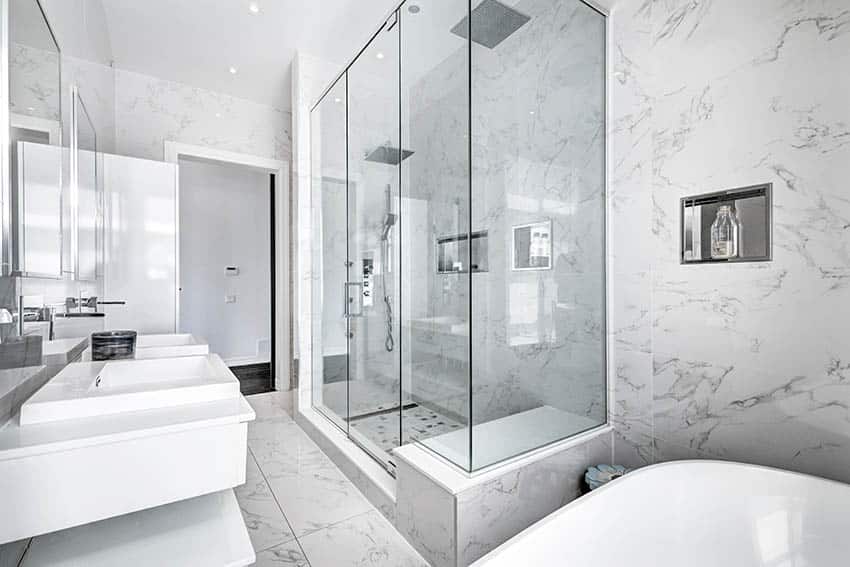
This guide will discuss the features, options, pros and cons to help you buy the best option for your bathroom shower.
What Is a Rain Shower Head
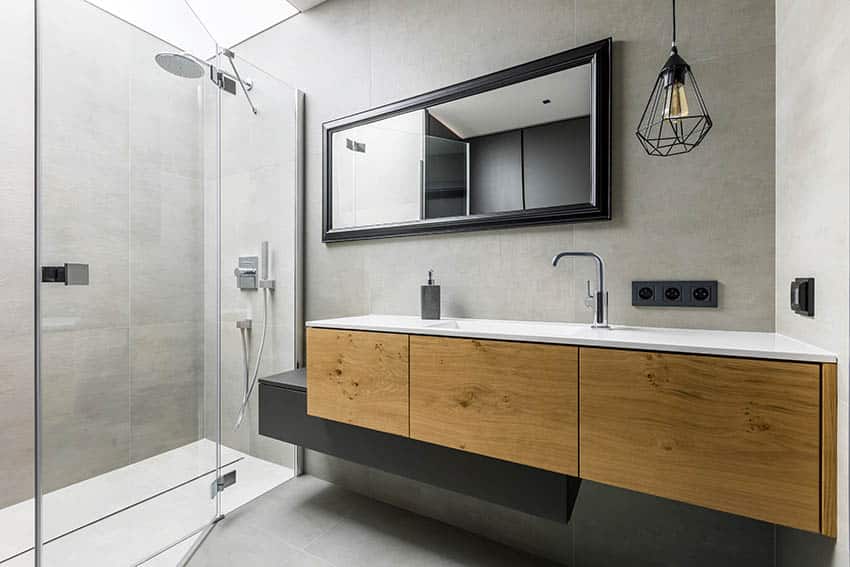
The typical options found in homes are fixed models and mounted to the wall. They’re a no-frills mechanism averaging a diameter of 5-inches or less.
These bathroom fixtures are also fixed but are much larger than a standard type. They range from 6-inches and larger and provide much more coverage due to having more holes in the surface.
As the name implies, they are designed to mimic a soothing rain shower covering the entire body.
Originally designed to be mounted on the ceiling, these fixtures now come as wall-mountable to avoid running plumbing to the ceiling above the stall. They provide a luxurious spa-like experience for homeowners.
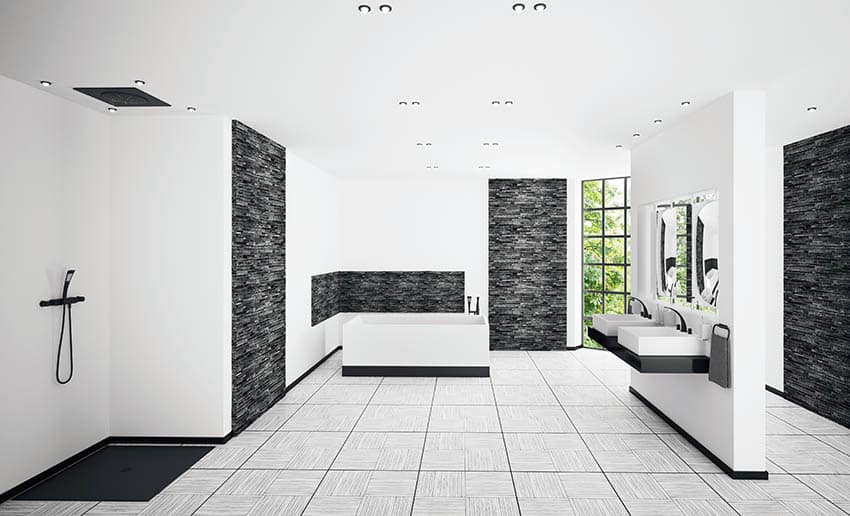
After a long workday, there’s nothing as soothing as a long, hot shower. These fixtures make that experience even more relaxing and refreshing. Discover the many pros of this option.
Pros:
- Complete body coverage – Provides much more water coverage without a need to adjust the fixture.
- Easy to clean – The rubber nozzles are anti-clog and can be wiped to clean.
- Easy to install – As simple as replacing a standard type (wall-mounted version)
- Spa-like feel – Provides the experience of standing in a warm rain bath
- Relaxing water flow – The water flows gently and smoothly
- Hands-free bathing
- Advanced features – Come with many options and features
- Stylish and attractive
- Water saving features – Many have adjustable settings to control the flow of water.
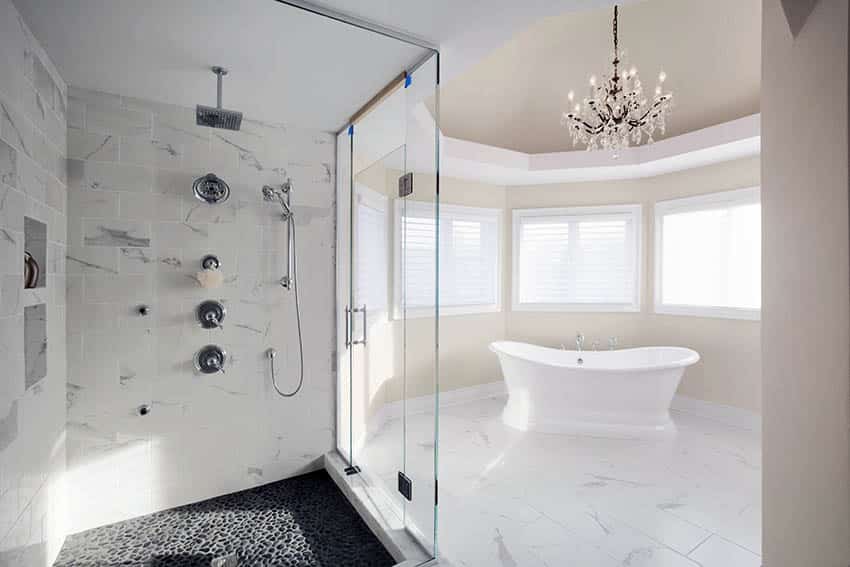
Cons:
These fixturess are quickly taking the top spot and are a popular choice. There are some downsides, though.
- Cost – Can be more expensive than a regular type.
- Needs high ceiling – Must have enough ceiling clearance to fit a tall person.
- Can have low water pressure – Possible low water pressure based on design and type.
- Must be installed at a 90 degree angle – This can make them hard to install in a rental apartment or attic bathroom.
Shower-Head Features
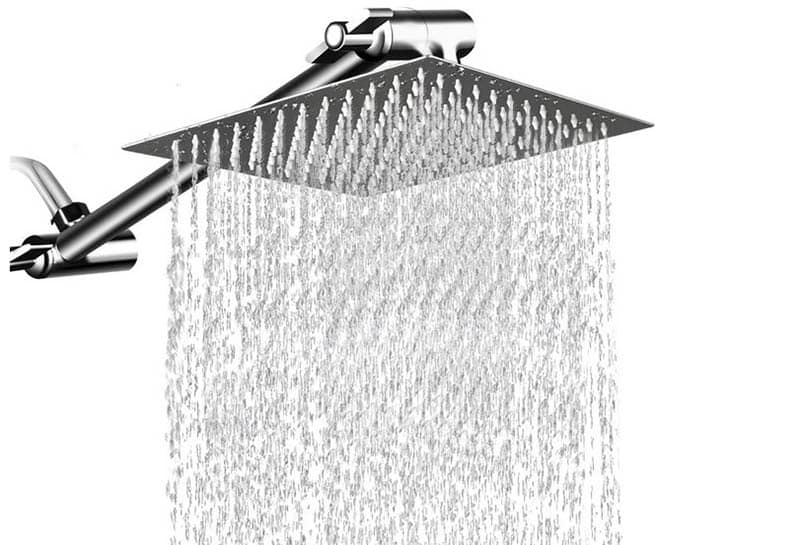
A rain showerhead includes features to meet everyone’s taste. The main features include the balance of water pressure that creates a soothing stream of water over a large area based on the fixture’s size.
Numerous spray nozzles allow the water to flow or fall instead of spray like a standard type. Below are the customizable features available when purchasing one.
With Handheld Wand – If you still want a handheld wand, choose a model with a handheld wand attached. Look for a design that allows using both the fixture and handheld at the same time.
Led Lights – Installing an LED light model adds a new dimension to the bathing experience. The options include numerous colors, and color-changing options, and color fading. They come in a square shape, rectangular, or a circle. LED light models are powered by water pressure only; no batteries or electricity are needed.
Ceiling Mounted – These fixtures are typically mounted on the stall ceiling. However, plumbing will have to be run to bring water to the model. The height of the stall ceiling is also important. Measurements are needed to allow the tallest person to have 12-inches of clearance from the fixture.
Extra Large – Extra large models cover more area. They typically provide close to the same water pressure and cover the whole body at once, so no moving around to wash or rinse off. These are great for people with disabilities who need to sit during their bathing time.
High Pressure – They are not meant to spray water with high pressure. They allow the water to gently fall.
A larger type may reduce the water pressure a bit, but high-pressure models are meant to provide more water pressure.
Water pressure is expressed as gallons per minute (GPM). Standard models commonly run at 1.5 GPM, and some, such as a rain variant, run at 2.5 GPM. Manufacturers do not make fixtures that put out more than 2.5 GPM.
Extension Arm – Extension arms allow better placement of the fixture, and some types allow the angle to be adjusted. The main reason to use an extension arm is to either hang the head longer or allow it to protrude out further from a wall mount.
Dual Rain Showerhead – A dual system provides two separate models. They can be the same style, shape, and size or different in size or function. Each is controlled separately.
This setup requires a larger bathroom layout to accommodate a spacious walk-in shower design.
Shower-Head Finishes
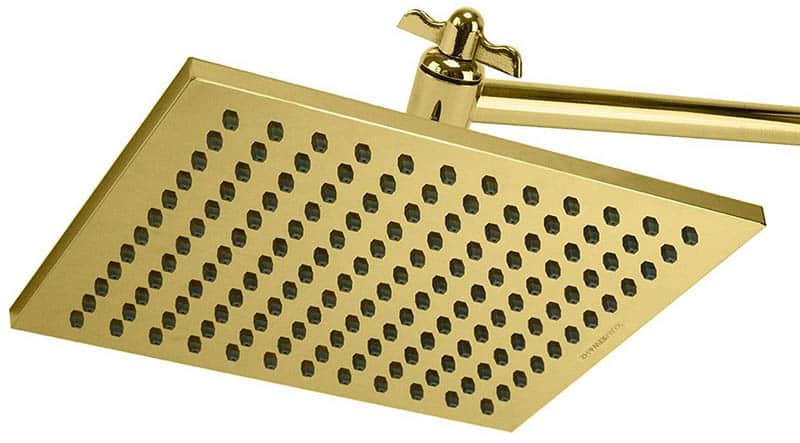
Different finishes mean different prices, style, durability, and design. The finish you choose depends on the interior design of your bathroom.
Chrome: Chrome is a timeless finish. It doesn’t necessarily mean the fixture is made from chrome but has the same tone, shine, and look. Chrome goes with many décor styles and is the least expensive finish.
Polished Brass – This gold tone finish is a replication of brass and is a durable finish. Polished Brass was popular in the 80s and 90s but is not used as often today. The gold tone is quite bold, so be sure it matches the bathroom’s décor.
Brushed Nickel – Sporting a gray-type finish and color, brushed nickel is gaining popularity. It works with almost any type of décor and resists water spots.
How to Clean This Shower Head
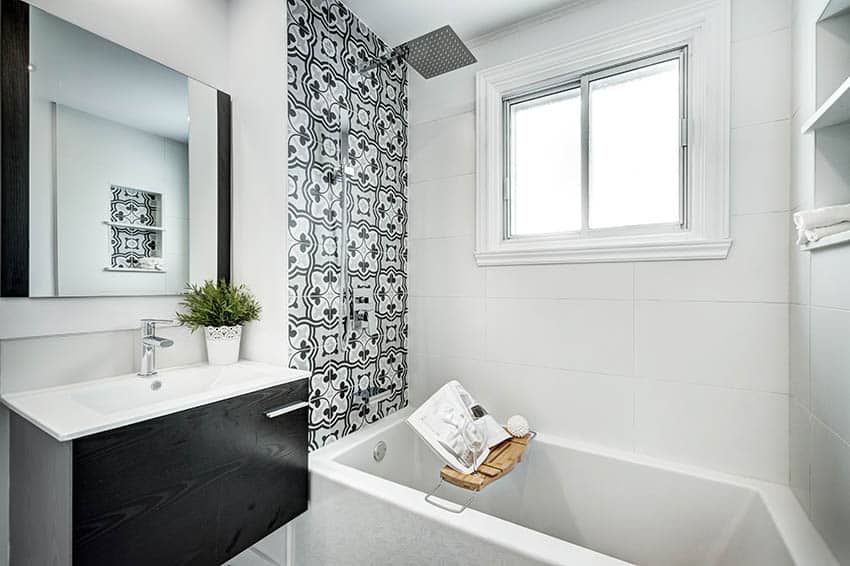
Those running hard water can have mineral buildup or other buildup that will block the water flow. It’s essential to clean this fixture regularly. Waiting until all the water holes are blocked may lead to permanent damage.
If your model has a screw-on connection, twist it to unscrew and remove the fixture. Place the head in a basin of white distilled vinegar.
Make sure it covers the entire head. Pour in 2 heaping tablespoons of baking soda and let it fizz. Leave the head in for an hour. Remove the fixture, rinse with water, and use an old toothbrush to scrub any remaining mineral buildup.
Attach it and run the water to flush out any remaining vinegar solution.
Use this method if the model does not screw off. Add white vinegar halfway up in a large plastic bag or garbage bag, depending on your model’s size.
Pour in 2 heaping tablespoons of baking soda and immediately slip it over the fixture. Tie it around the top arm with string or a large twist tie and be sure it’s tight. Have the tie ready before you make the mixture.
It should be submerged. Let it hang for an hour, and then take it off. Turn on the water to wash out the vinegar solution. If there is residue left, use an old toothbrush to scrub off the remaining mineral buildup.
How High Should This Showerhead Be Mounted?
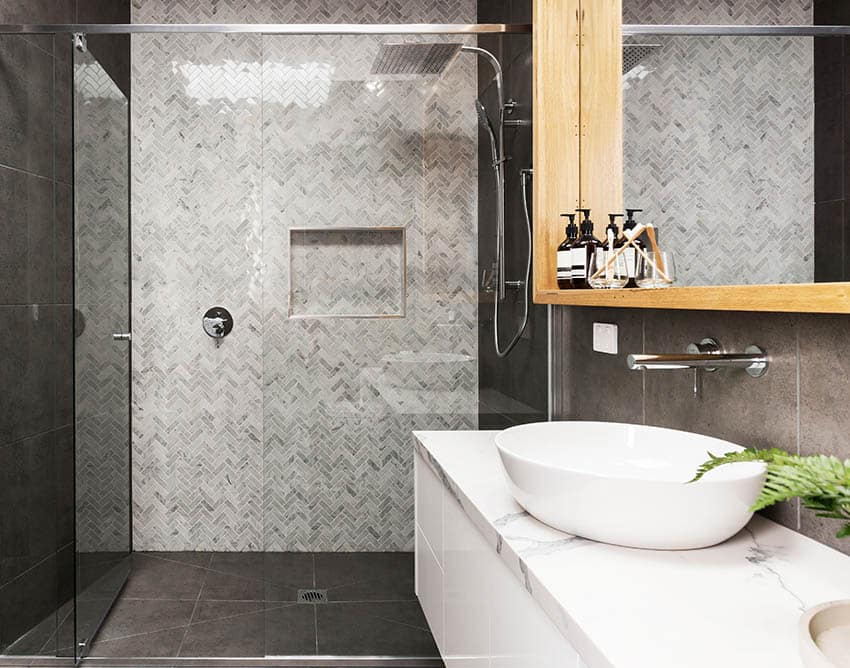
As mentioned, it should be at least 12-inches from the top of the tallest user’s head. Installing it 84 inches from the floor allows for almost all heights. No one wants to have the top of their head rubbing against the fixture.
The industry standard height is 80 inches from the floor. This bathroom option is the best for tall people when placed at the appropriate height, and an extension arm is used for wall mounting to create the right fit.
Who Invented the Showerhead?
The ancient Greeks and Romans were concerned with personal hygiene and evolved from standing under a natural waterfall to developing make-shift methods reserved only for the most elite classes.
By 1767, a London stove maker, William Feetham, patented his mechanical shower. His crude invention had a pump that fed water into a basin at the top of the apparatus. The user would stand under the basin and pull a chain that released cold water.
In 1810, an anonymous inventor and entrepreneur created the English Regency Shower, a design much closer to today’s modern design. With the addition of a nozzle attached to the basin, water would flow through holes in the bottom of the basin and allowed for warm water bathing experiences.
The design underwent many modifications, including adjustable nozzles, similar to what we use today.
Armed with the information in this guide about pros and cons, you can now purchase the type, style, and size to create a relaxing, luxurious spa-like bathroom experience at home.
Let us know what you think in the comments section below. For more related content click our article about shower bench ideas.



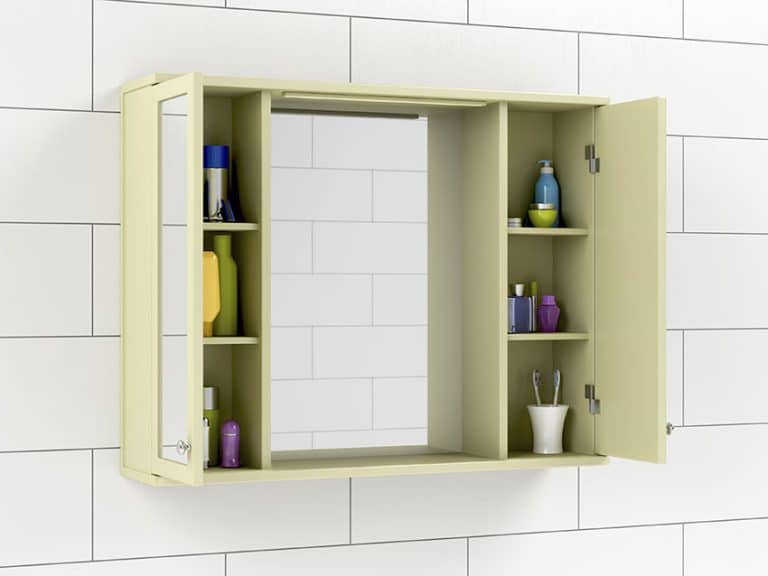
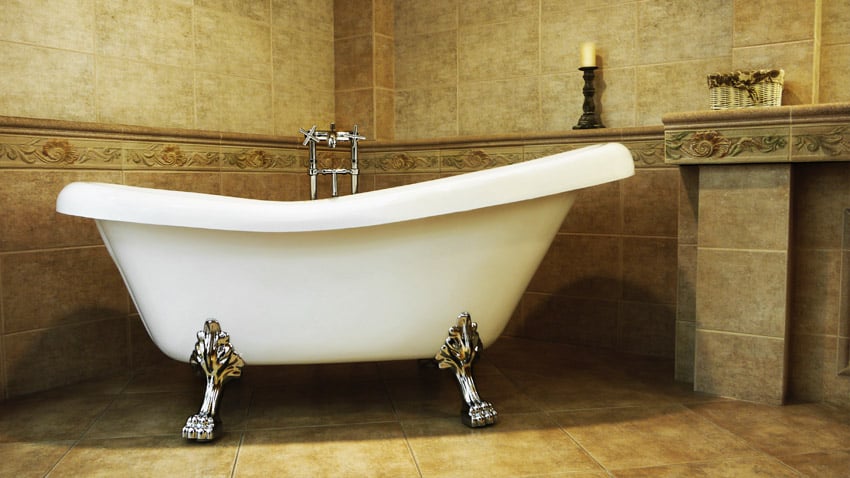
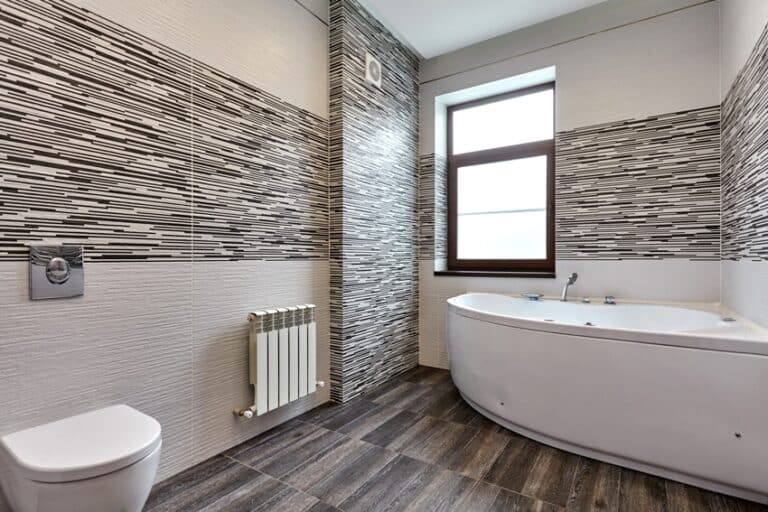
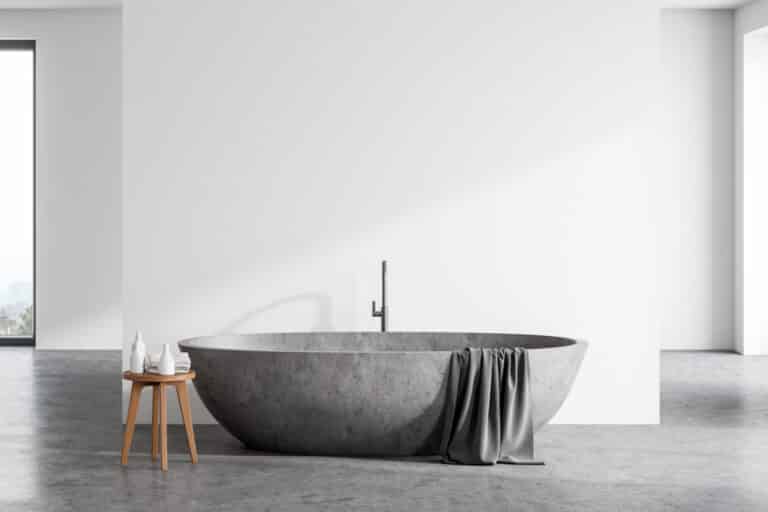
I’m still struggling with whether a rainfall shower head is worth it since I’m getting low water pressure on mine. I’m not the most home improvement savvy so if I could get the water pressure up I would be happier. I read that I need to install a shower pump or power shower lol. I’m looking in to how to do this since I’ve still got suds on me after bathing a lot of times.